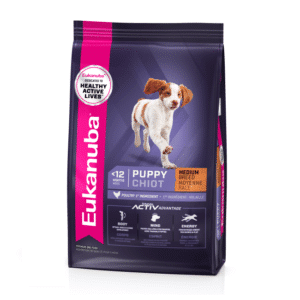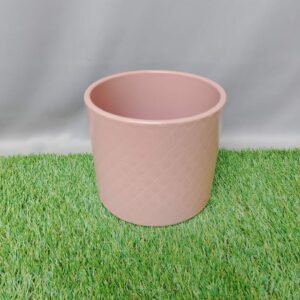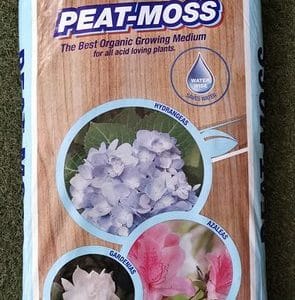How to care for Indoor Plants
Indoor plant tips

How much light does my indoor plant need?
There’s no getting around it: plants need light! A plant will not thrive in a room that doesn’t have much (or any!) natural light. Outdoors, light is bouncing from all angles (even in the shade), whereas indoors, light is typically only coming from one direction (the window). Identify how much natural light is available and choose your plant accordingly.
Bright light (or full sun) means there is no barrier between the plant and the light source, for example a sunny, north-facing windowsill. Here, a plant will receive bright and direct light. Plants such as palms and succulents thrive in these conditions.
Medium (or filtered) light can also be referred to as dappled sunlight and refers to light that has partial obstruction such as sheer curtains, trees or buildings. Plants that thrive in shady conditions (monstera and ferns, for example) enjoy medium light conditions.
Low light refers to a position which receives no direct sunlight. Only a few plants are able to survive – but not necessarily thrive – in these conditions, including the ZZ plant and pothos.
How should I water my indoor plants?
While different plants have different watering requirements (and it’s worth getting acquainted with each plant’s individual needs), the general rule of thumb is to water thoroughly once the top few centimetres of soil are dry. Water until the water runs out the bottom of the pot.
Keep in mind that small pots will dry out quickly and will need more frequent watering, whereas larger pots need watering less frequently. Finding the right balance of moist versus dry is the challenge of keeping happy and healthy houseplants!
What container should I use for my indoor plant?
The most important rule for indoor plants is never to use pots that don’t have at least one drainage hole at the bottom. Plants with wet feet will start showing signs of strain very quickly.
A plastic nursery container can be held inside a decorative pot or planter, and can really enhance the beauty of the plant.
Place your container (with drainage holes) on a tray with about 3cm of aquarium gravel or, similarly, fill the decorative container with around 3cm of gravel and place the drainage container on top. That way, water collects in the gravel without wetting the plants feet, and evaporates around the plant, making the surrounding air a bit more humid, a condition indoor plants thrive in.
Why does my indoor plant have pests?
Indoor environments (high humidity and reduced air circulation) lend themselves to pest infestations. Inspect your plants regularly – every two weeks or so – for signs of pest infestation. In particular, be sure to examine under the leaves, which is where a number of bugs tend to accumulate.
Plants with thin leaves are susceptible to spider mites and whiteflies, whereas thicker leaves tend to attract scale or mealy bugs. If you’re unsure about the pests that have set up camp on your plant, ask a sales consultant at your local Stodels Garden Centre for assistance.
What indoor plant should I start with?
Floor plants to start with:
- Dracaena marginata (dragon trees)
- Ficus (both the large and small-leaved varieties)
- Sansevieria (mother-in-law’s tongue or snake plant)
- Spathiphyllum (peace lily)
- Umbrella plants
- Avoid bird of paradise, bamboo, palm trees and ferns, unless you can provide very good light and high additional humidity year-round.
Window and table plants to start with include:
- Kalanchoes
- Cane-stem begonias
- African violets
- Orchids (Moth orchids are fairly easy, but only bloom once or twice a year; complement them by surrounding them with attractive foliage plants.)
- Philodendron (sweetheart plant)
- Maranta (prayer plants)
- Crassula (jade plant)
- Zamioculcas (ZZ plant)
- Beaucarnea recurvata (ponytail palm)
You might also like
Shop online
-
GARDEN TWIST TIE 30m / 50m
- Price range: R29.99 through R44.99
- Select options This product has multiple variants. The options may be chosen on the product page Learn More
-
Peat Moss Acidic
- Price range: R169.99 through R254.99
- Select options This product has multiple variants. The options may be chosen on the product page Learn More




